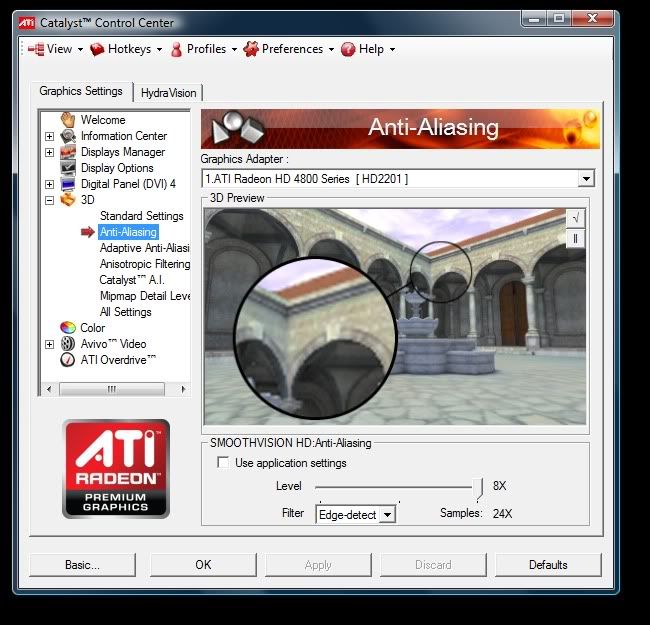FootplatePhil
Trainz Tragic since 2002
In early Trainz days, before the Anti-aliasing and Anisotropy settings were built into TS2009, I used to dial up some of each via my graphics card's settings. Is this still neccessary/recommended? If you specify these in both the card settings and TS2009 settings how do those settings interact? I've tried a bit of experimenting, but the results are hard to pin down. Which is the best place to specify these ? How do others set them ? I did a bit of a Forum search but couldn't find anything that directly addressed this.
Phil
Edit: I also still use TRS2006 extensively, which doesn't have the new options. So am I better off turning to minimum settings in 2009, and just using the card settings?
BTW: Sometimes I'm not sure if my hobby is Trainz Route building, or Trainz tuning !
Phil
Edit: I also still use TRS2006 extensively, which doesn't have the new options. So am I better off turning to minimum settings in 2009, and just using the card settings?
BTW: Sometimes I'm not sure if my hobby is Trainz Route building, or Trainz tuning !
Last edited:


